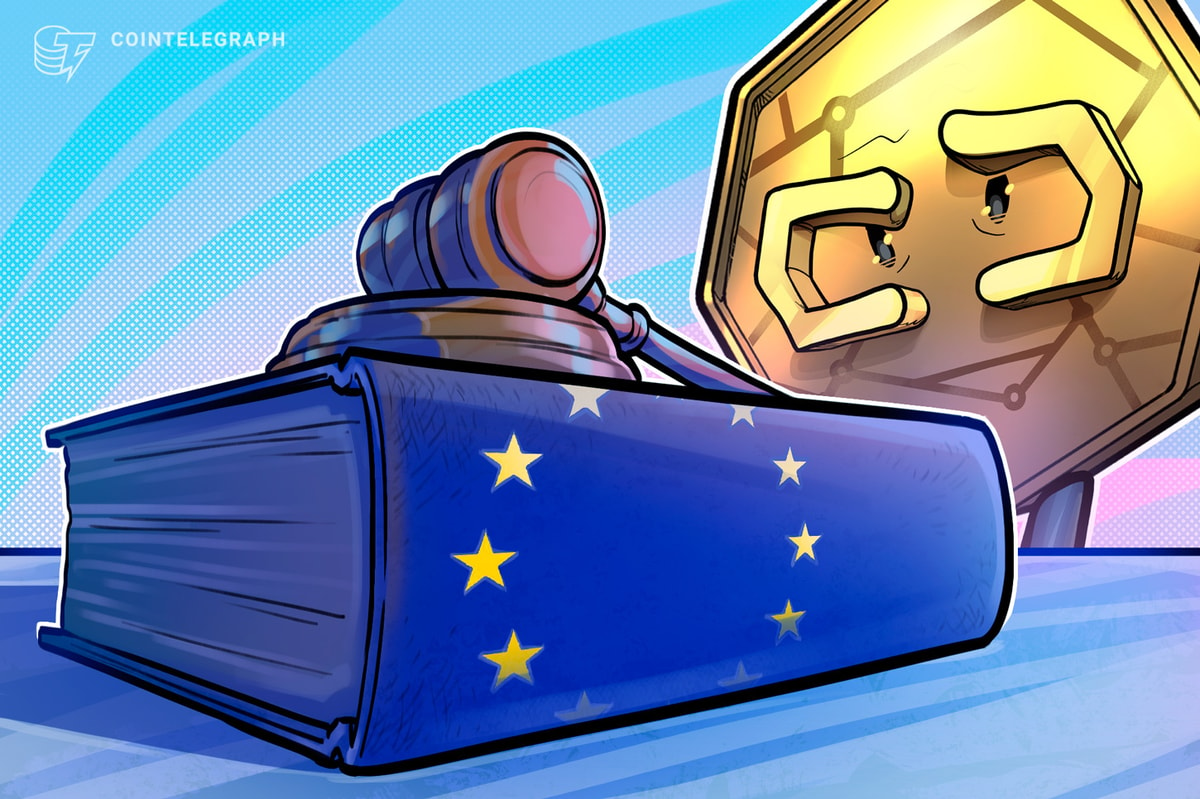Europe’s Digital Asset Rules Have A Transferability Blind Spot
Opinion by: Elisenda Fabrega, general counsel at Brickken
Europe’s rulebook was written for assets that move. Yet a large class of assets, including non-listed company quotas and bespoke revenue-sharing contracts, is non-transferable by design. Because Markets in Crypto-Assets’ (MiCA) definitions presuppose transferability, and MiFID II targets transferable securities and continues to apply to the digital representations of such securities, these “digital but nontransferable” instrument representations fall into a regulatory blind spot.
The EU Blockchain Sandbox offers a way out: recognizing that a faithful “digital twin” can preserve the legal nature of the original non-transferable asset rather than being automatically qualified as a new, transferable security token.
Some might argue that carving out non-freely transferable tokens opens loopholes. The opposite — that any token on a public chain is inherently tradeable — can also be brought to the table. Both instincts are understandable, and both are wrong, as the report makes it clear. If the legal, technical and contractual measures are aligned to preserve the underlying asset’s nature, the legal classification of the digital representation remains the same.
Tokenization has outpaced the rulebook
A security on a ledger remains a security by law. In other words, a bond remains a bond, and a share remains a share, whether issued in traditional or tokenized form. But the converse is equally important: If a digital twin of a non-transferable asset can be created, merely recording it onchain does not turn it into a security token or a MiCA-regulated crypto asset.
Related: Banks aren’t flirting with Web3 anymore — they’re building on it
A practical sequence that emerged from the EU Blockchain Sandbox process keeps analysis grounded. First, ask if the token is a MiFID II financial instrument; if not, test whether it falls within the scope of MiCA; if still not, consider Alternative Investment Fund Managers Directive (AIFMD) for collective investment structures; otherwise, national law applies. That order matters because it keeps engineered token features from driving the legal outcome. MiCA’s transferability gate is pivotal: If a token is not transferable, it is not a MiCA crypto-asset, and MiCA’s utility/asset-referenced token/electronic money token buckets do not apply.
Engineered transferability can requalify a token
When the underlying asset is replicated exactly (a genuine digital twin), the legal classification should remain unchanged. Where they bolt on transferability workarounds or wrappers, they may create a new instrument of a non-transferable underlying asset that does fall under MiCA or MiFID II. Qualification depends on the token’s technical and contractual characteristics, not just the offchain paper.
When developers want to create a digital representation of a nontransferable asset but then bolt on transferability for liquidity demands, they may not mirror the underlying asset, and they are manufacturing a new digital instrument that may fall under a different regulation than their underlying asset. For this reason, adequate technical measures, full compliance with applicable regulations and legal advice grounded in specific national laws are essential to avoid requalification into transferable assets.
What the EU Blockchain Sandbox clarifies
For participants in the second cohort, the dialogue with regulators crystallized what the Best Practices Report now defines as the “digital twin” test. If the token is a perfect digital replica of the original asset, its legal qualification remains unchanged. However, if tokenization introduces new features, such as transferability, that were absent in the underlying asset, the legal classification could change. That reading also aligns with ongoing analysis on when tokens qualify as financial instruments under MiFID II.
The report dives into the concept of nontransferability itself. Contractual limits or allow-list gating alone are insufficient. The decisive factor is the technical impossibility of transferring to anyone other than the issuer or offeror, with enforced redemption and reissuance mechanics in place if a holder changes hands. This is the level of engineering that keeps a token outside MiCA’s transferability bucket.
The fix matters for Europe’s market
Supervisors do not need a new statute to mitigate the risk associated with innovation. They need short, practical guidance that codifies the sandbox’s sequence and “twin” test: (1) Start with MiFID II; (2) if outside MiFID II, test if it falls under any of MiCA’s asset classifications; (3) if neither applies, check if it is a digital twin of an asset recognized in a national law, like private company quotas.
Finally, the sandbox experience illustrated for us the immense value of structured dialogue between regulators and industry and the importance of addressing legal gaps. This requires clarifying how existing frameworks such as MiFID II, MiCA and AIFMD interact with tokenization. It also means examining the uncertainties that arise and how to resolve them in practice. The key tools are the concepts of digital twins, transferability and fungibility. These features directly determine legal qualification.
The next step will likely be to observe how national sandboxes across jurisdictions apply their respective laws consistently with these principles and whether this process contributes to greater uniformity among member states, thereby reinforcing legal certainty across the European market.
Clear guidance would unlock compliant digitization of Europe’s vast private-company and contractual rights market while avoiding accidental requalification that chills issuance. By drawing a clear distinction between digital twins and engineered transferability, the EU can maintain real-world asset (RWA) tokenization onshore rather than directing developers to non-EU venues.
The bottom line
Tokenization is not a free pass, and it is not a trap either.
The EU Blockchain Sandbox has shown the way. Now, supervisors should solidify it so builders know where the guardrails are and investors know what they are buying. That is how Europe protects markets and keeps them moving.
Opinion by: Elisenda Fabrega, general counsel at Brickken.
This article is for general information purposes and is not intended to be and should not be taken as legal or investment advice. The views, thoughts, and opinions expressed here are the author’s alone and do not necessarily reflect or represent the views and opinions of Cointelegraph.


